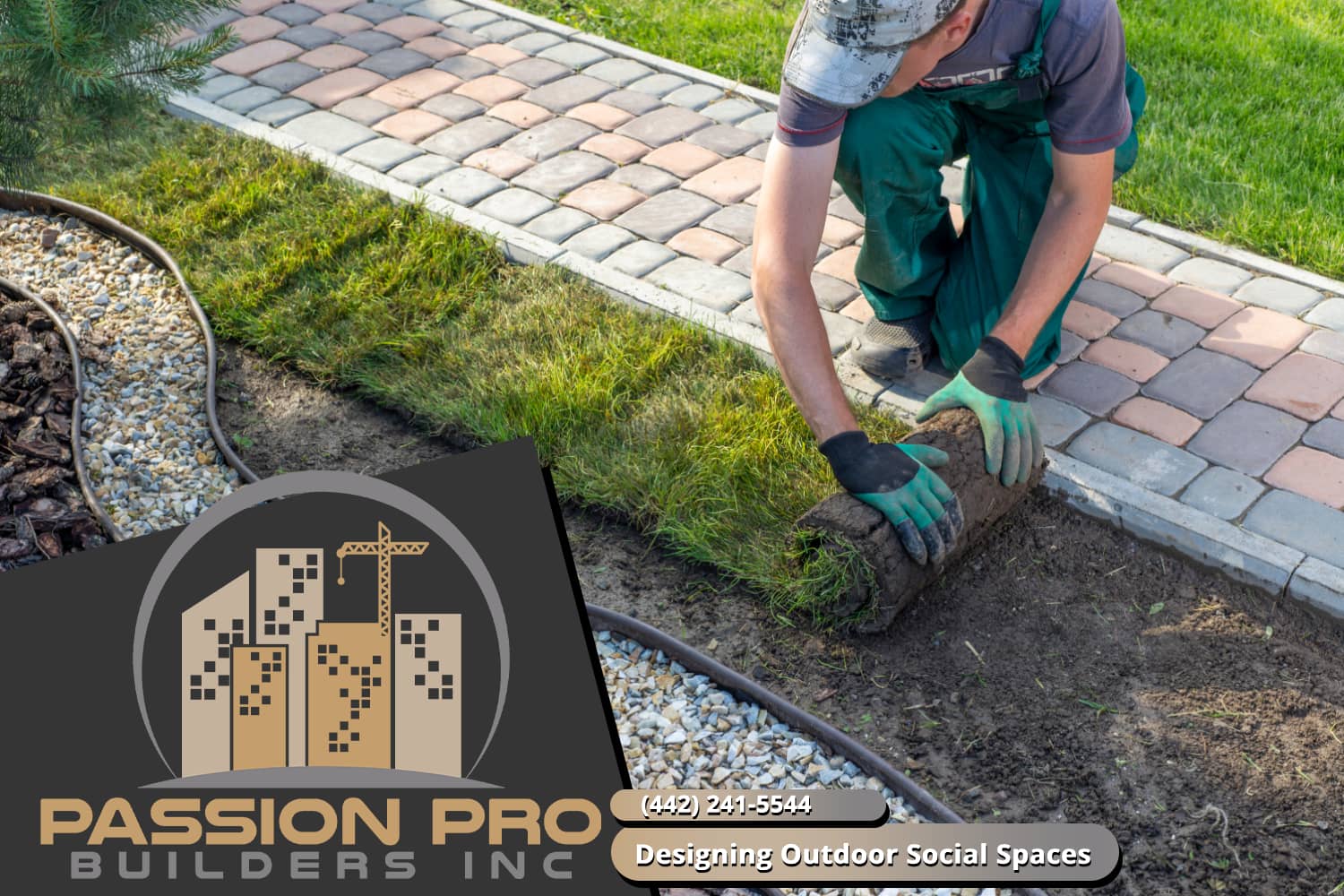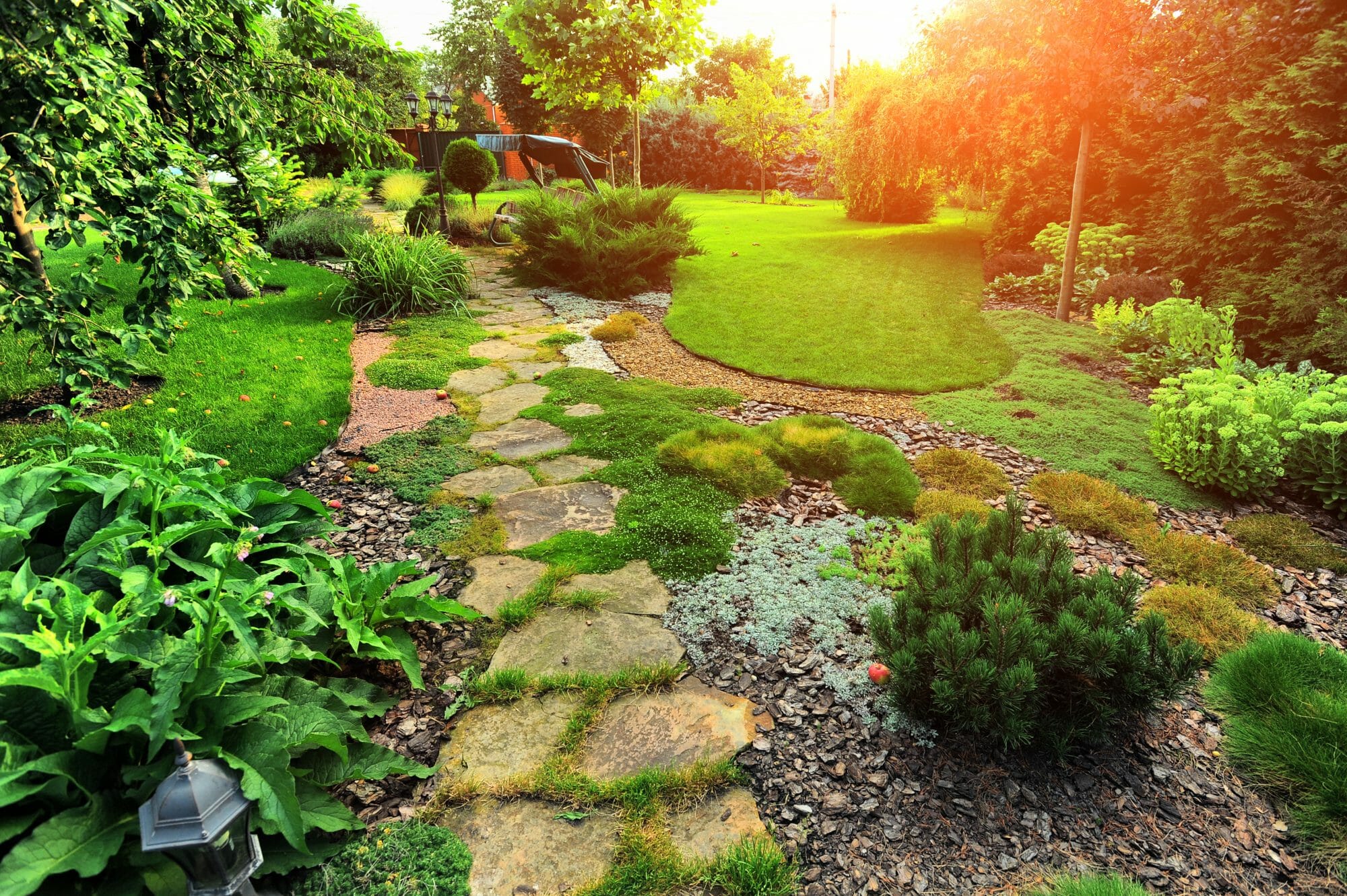Hilton Head Landscapes Can Be Fun For Everyone
Hilton Head Landscapes Can Be Fun For Everyone
Blog Article
Things about Hilton Head Landscapes
Table of ContentsHilton Head Landscapes - The FactsSome Known Questions About Hilton Head Landscapes.Hilton Head Landscapes Things To Know Before You BuyNot known Details About Hilton Head Landscapes Things about Hilton Head LandscapesHow Hilton Head Landscapes can Save You Time, Stress, and Money.Some Known Facts About Hilton Head Landscapes.
Line creates all kinds and patterns and can be utilized in a variety of means in the landscape. Line in the landscape is created by the side between 2 materials, the summary or shape of a form, or a lengthy linear attribute. Lines are a powerful tool for the designer due to the fact that they can be utilized to create a boundless range of forms and types, and they regulate motion of the eye and the body.

Lines in the landscape. The homes of lines determine how individuals react to the landscape, both mentally and literally.
The 9-Minute Rule for Hilton Head Landscapes
Straight lines are most commonly located in hardscape sides and product. Curved lines produce an informal, natural, loosened up personality that is associated more with nature and asymmetrical balance. Curved lines move the eye at a slower pace and add mystery to the space by producing concealed sights. Vertical lines move the eye up, making a space really feel bigger.
Upright lines in the landscape consist of high, narrow plant material, such as trees, or high structures, such as an arbor or a bird house on a pole. Straight lines relocate the eye along the ground airplane and can make an area feel larger. Low lines are more subdued and develop a feeling of remainder or repose.
Some Known Details About Hilton Head Landscapes
Reduced lines are produced by reduced garden wall surfaces, walkways, and brief bushes. Lines are made use of to attract forms on a plan. In strategy view, they define plant beds and hardscape locations. Lines are likewise developed by the vertical kinds of constructed features and plant product. There are three main line kinds that produce type in the landscape: bedlines, hardscape lines, and plant lines.
Bedlines link plant product to your home and hardscape since the eye complies with the line, relocating the stare with the landscape. Hardscape lines are created by the edge of the hardscape, which marks the built structure. Line can additionally be created by long and narrow materials, such as a fence or wall.
6 Simple Techniques For Hilton Head Landscapes
Form is found in both hardscape and plants, and it is commonly the dominant visual element that spatially organizes the landscape and usually determines the design of the yard. The type of structures, go to my site plant beds, and yard accessories additionally determines the overall form motif of the yard. Formal, geometric types consist of circles, squares, and polygons.
Plants produce kind in the yard with their describes or silhouettes, but form can additionally be defined by a void or negative space between plants - landscapers in bluffton sc (https://www.indiegogo.com/individuals/37931614). Circles can be complete circles, or they can be divided into fifty percent circles or circle sectors and incorporated with lines to produce arcs and tangents
Everything about Hilton Head Landscapes
Circles can also be stretched into ovals and ellipses for even more variety and rate of interest. Circles are a solid design kind because the eye is constantly attracted to the center, which can be used to stress a prime focus or connect other kinds. Number 2. Circular types in hardscape and grass panels.
The square form can likewise be segmented and previously owned continuously to produce a grid pattern. Unlike circles, squares are more powerful on the sides, which can be lined up or overlapped to produce special patterns and even more intricate kinds.
Twisting lines frequently imitate the all-natural training course of rivers or streams and can be referred to as smooth lines with deeply curved undulations. Meandering lines (Figure 3) work well for pathways, plant bedlines, and dry stream beds. Meandering lines can add interest and mystery to a garden by leading audiences around corners to find brand-new views and areas.
The Greatest Guide To Hilton Head Landscapes

Figure 5. Fragmented sides: stepping stones in path. Type is one of the most enduring quality of a plant (Landscapers near me). https://www.ted.com/profiles/47214730. Common plant kinds are well developed and standardized, as form is the most regular and identifiable attribute of plants. Form can additionally be produced through the massing of plants, where the total mass produces a different form than a specific plant.
A highly different type must be made use of with careone or 2 job well as a focal point, yet way too many develop chaos. All-natural plant forms, instead of over-trimmed forms, must establish the bulk of the composition. The importance of overall type is basically depending on the viewing perspectivethe kind of a tree can show up rather various to a person standing under the cover versus viewing the tree from a range in an open area.
The Best Strategy To Use For Hilton Head Landscapes
Plant forms also produce and define the space or open areas between the plants, producing either convex or scooped types in the spaces. High-arching tree branches commonly produce a concave open space under the branches, and a round canopy with low branches loads the area to develop a convex form in the open area under the tree.

Report this page